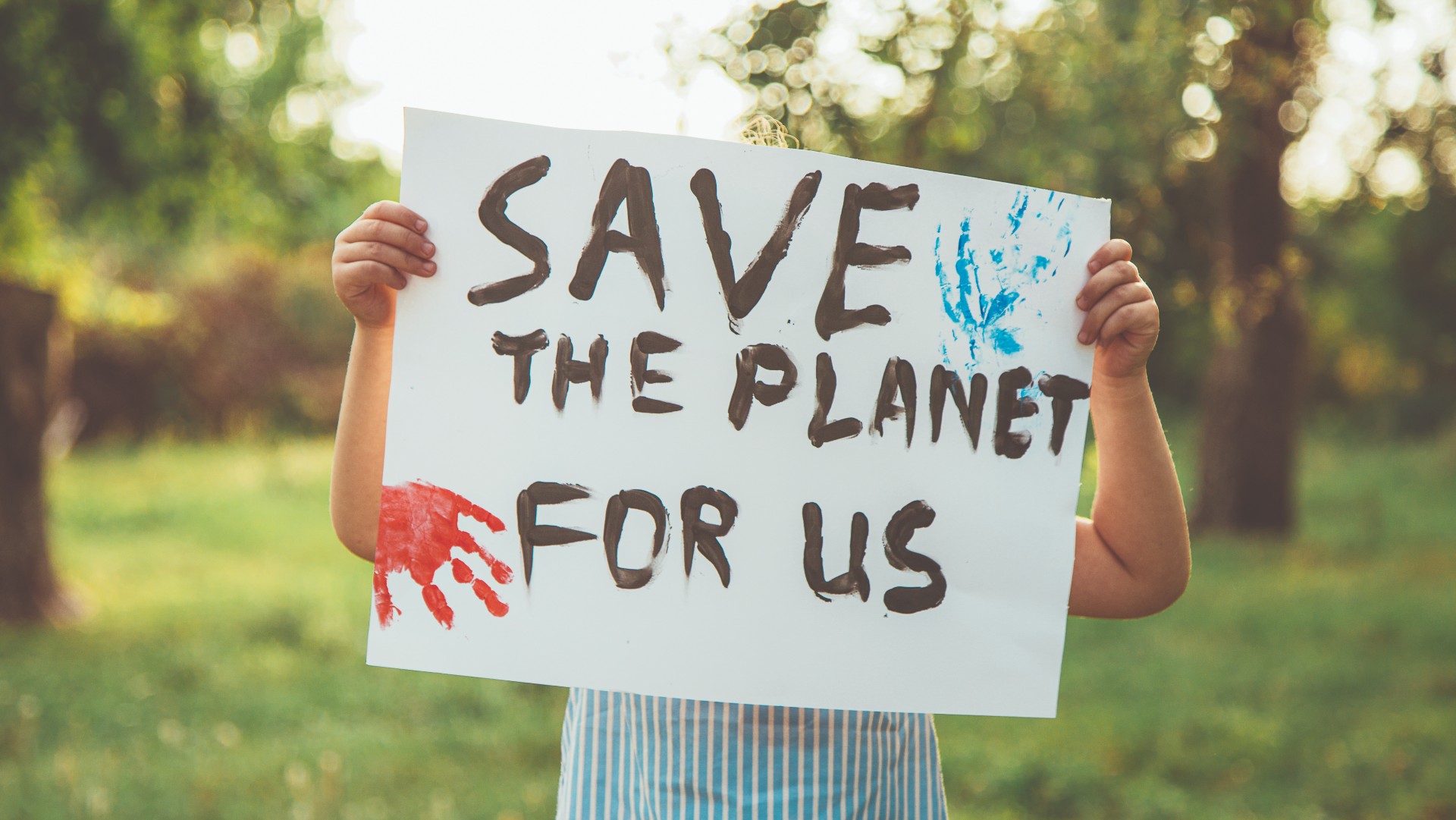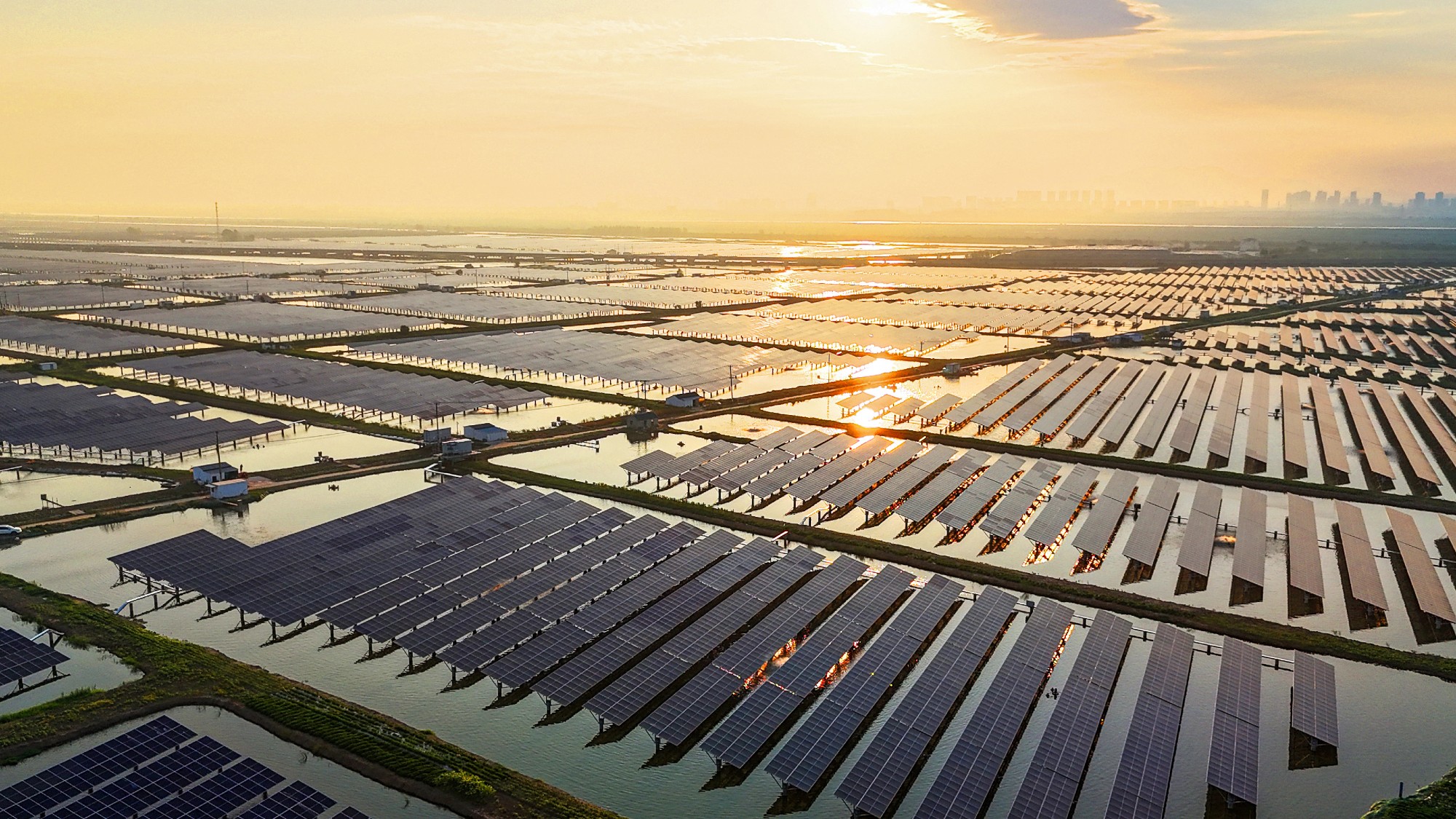The positive tipping points for climate change
A range of societal and economic solutions could turn the tide on climate change

There could be a silver lining on the horizon in the battle to avoid climate change catastrophe, scientists say, thanks to the identification of so-called “positive tipping points”.
These are societal and economic solutions and opportunities that could dramatically reduce our global dependence on fossil fuels. The adoption and acceleration of these tipping points “could mean the difference between a habitable planet and an uninhabitable one”, according to the World Economic Forum.
Positive tipping points are in stark contrast to negative climate tipping points – the man-made changes that are tipping the planet into critical thresholds and triggering irreversible, damaging consequences. Some of these negative tipping points are already being reached, such as the collapse of Greenland’s ice cap and irreversible changes to the Amazon rainforest.
The Week
Escape your echo chamber. Get the facts behind the news, plus analysis from multiple perspectives.

Sign up for The Week's Free Newsletters
From our morning news briefing to a weekly Good News Newsletter, get the best of The Week delivered directly to your inbox.
From our morning news briefing to a weekly Good News Newsletter, get the best of The Week delivered directly to your inbox.
What are the positive tipping points?
One report on positive tipping points, called “The Breakthrough Effect”, published in January by the Bezos Earth Fund, Systemiq and the University of Exeter, outlines 10 tipping points which arise when “a set of conditions are reached that allow new technologies or practices to out-compete incumbents”.
They can be found in industries from shipping and steel to aviation and solar, wind and storage. The report is “a roadmap of what’s possible, what’s inevitable and what’s imperative if we’re to tame the climate monster bearing down on us all”, according to the World Economic Forum.
As the report makes clear, sectors of the economy that are responsible for high emissions are often interconnected, and zero-emissions solutions in one sector can trigger change in another, prompting a cascade effect.
One example is the dramatic uptake of passenger electric vehicles by motorists. In Norway, nearly 80% of new car registrations last year were EVs. Last year, California became the first US state to ban the sale of new petrol- or diesel-powered vehicles by 2035, “with other states expected to adopt similar bans”, said Clean Technica. If more drivers buy EVs, this helps drive down the cost of battery production and makes it easier and more cost-effective to store wind and solar power, according to the report.
A free daily email with the biggest news stories of the day – and the best features from TheWeek.com
What else?
So-called “green” ammonia fertiliser is another example. Currently, nitrogen fertiliser acts as a major contributor to global greenhouse gas emissions. Fertilisers are responsible for around 1.4% of annual carbon dioxide emissions, according to Carbon Brief, and the agriculture sector as a whole is the second-largest source of greenhouse gas emissions.
But green ammonia fertiliser, which is produced in wind-powered chemical plants, and blue ammonia, whereby carbon emissions are captured during the production and therefore not released into the atmosphere, could serve to decarbonise fertiliser and reduce emissions by 70%, said the World Economic Forum report. Happily, green ammonia can be adopted by numerous sectors, including shipping and steel production.
Thirdly, the report said that as more and more people adopt a plant-based diet, this will lead to less deforestation and greater biodiversity. Homes are another area in which ordinary people can contribute to the acceleration of positive tipping points. Buildings account for around 40% of global emissions, but scientists say that as technologies become cheaper and more efficient, more customers will move to making their homes greener.
How quickly can the tipping points be reached?
According to a separate report by Systemiq, positive tipping points could be reached before 2030 in sectors representing 90% of greenhouse gas emissions. Green ammonia production is projected to be ready for widespread use within a decade, for example. And some positive tipping points are already being reached. For example, in 2021, solar and wind “were the cheapest sources of new power in countries representing 90% of electricity generation”, said “The Breakthrough Effect” report.
But crucially, tipping points will rely on politicians standing up to the massive political power of the fossil fuel industries. In Norway, the dramatic shift towards EVs has only been possible because “import taxes and car registration duties for EVs have been waived, and parking is free”, as Positive.News pointed out. Incentives like the tax credits introduced by the US Inflation Reduction Act will be needed to encourage consumers and businesses to adopt more environmentally friendly changes. “In other words, tipping points don’t really matter without political will,” said CleanTechnica.
-
 Death toll from Southeast Asia storms tops 1,000
Death toll from Southeast Asia storms tops 1,000speed read Catastrophic floods and landslides have struck Sri Lanka, Indonesia, Thailand and Malaysia
-
 Can for-profit geoengineering put a pause on climate change?
Can for-profit geoengineering put a pause on climate change?In the Spotlight Stardust Solutions wants to dim the sun. Scientists are worried.
-
 How will climate change affect the UK?
How will climate change affect the UK?The Explainer Met Office projections show the UK getting substantially warmer and wetter – with more extreme weather events
-
 Can the UK do more on climate change?
Can the UK do more on climate change?Today's Big Question Labour has shown leadership in the face of fraying international consensus, but must show the public their green mission is ‘a net benefit, not a net cost’
-
 Did Cop30 fulfil its promise to Indigenous Brazilians?
Did Cop30 fulfil its promise to Indigenous Brazilians?Today’s Big Question Brazilian president approves 10 new protected territories, following ‘unprecedented’ Indigenous presence at conference, both as delegates and protesters
-
 Can the world adapt to climate change?
Can the world adapt to climate change?Today's Big Question As the world gets hotter, COP30 leaders consider resilience efforts
-
 Taps could run dry in drought-stricken Tehran
Taps could run dry in drought-stricken TehranUnder the Radar President warns that unless rationing eases water crisis, citizens may have to evacuate the capital
-
 The future of the Paris Agreement
The future of the Paris AgreementThe Explainer UN secretary general warns it is ‘inevitable’ the world will overshoot 1.5C target, but there is still time to change course

